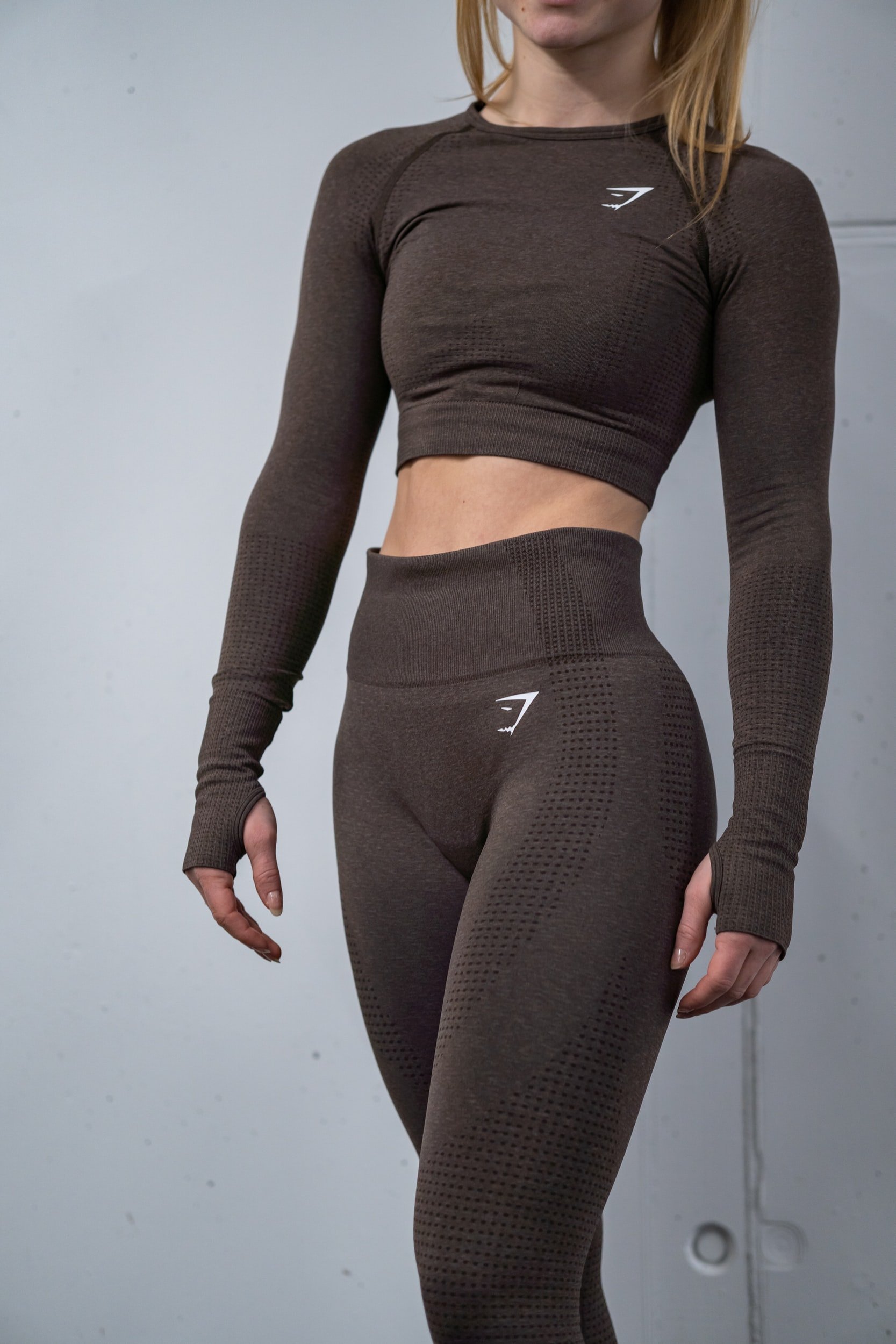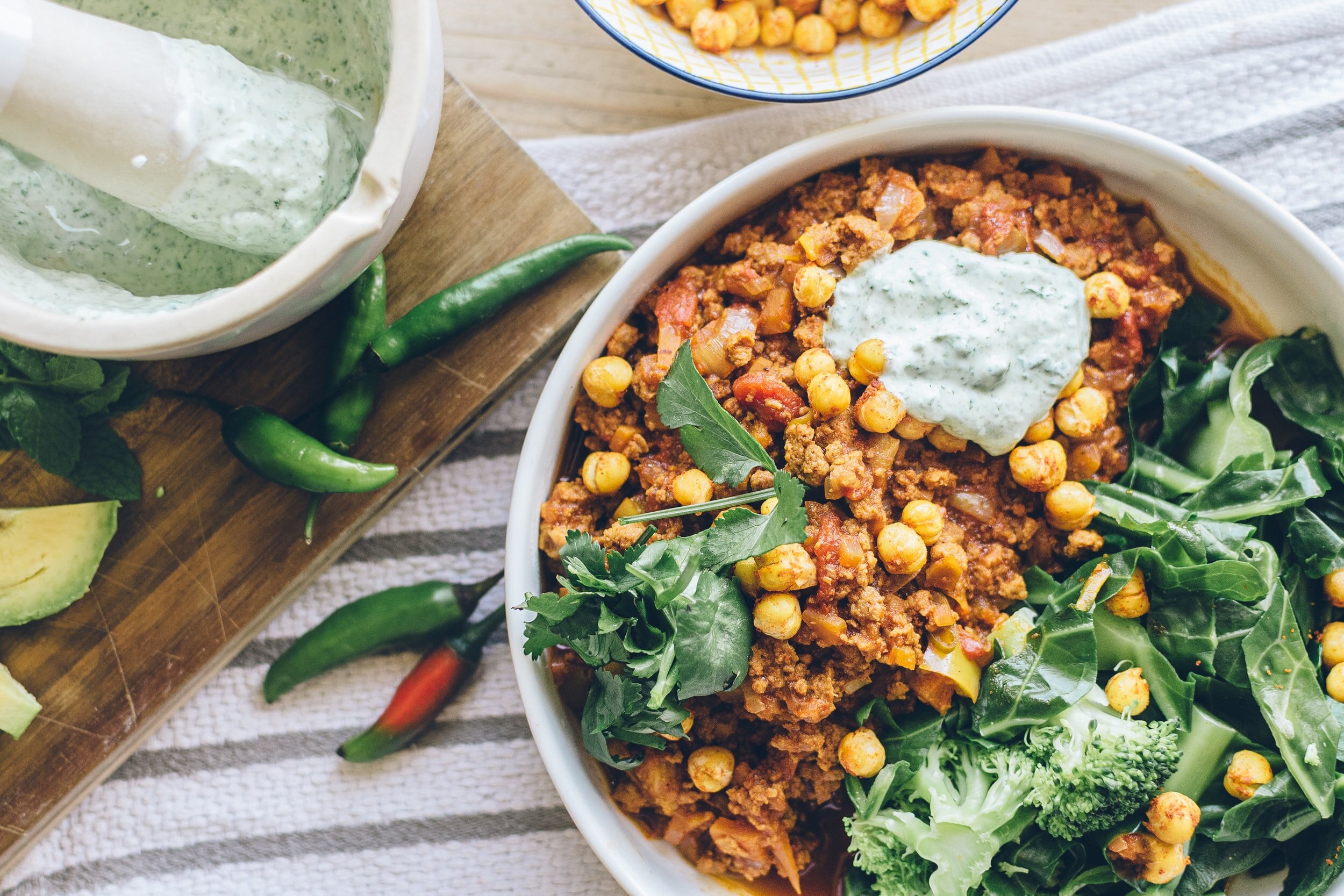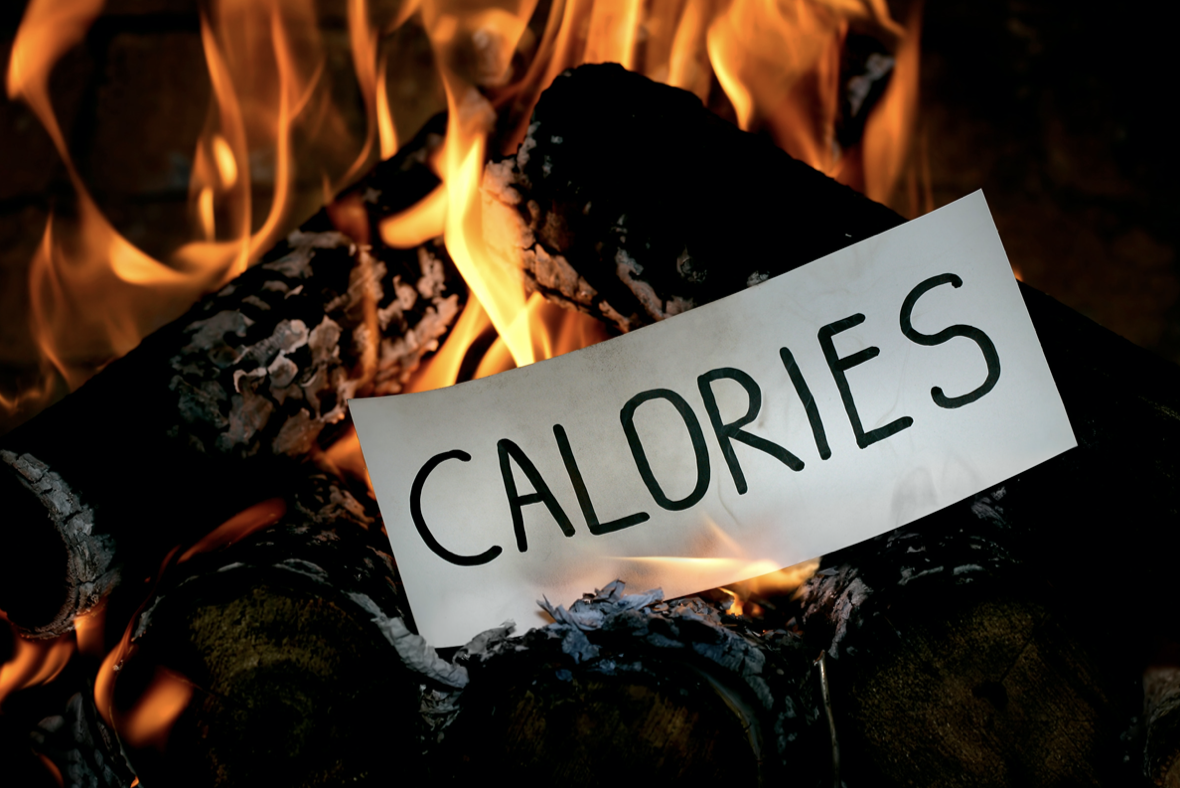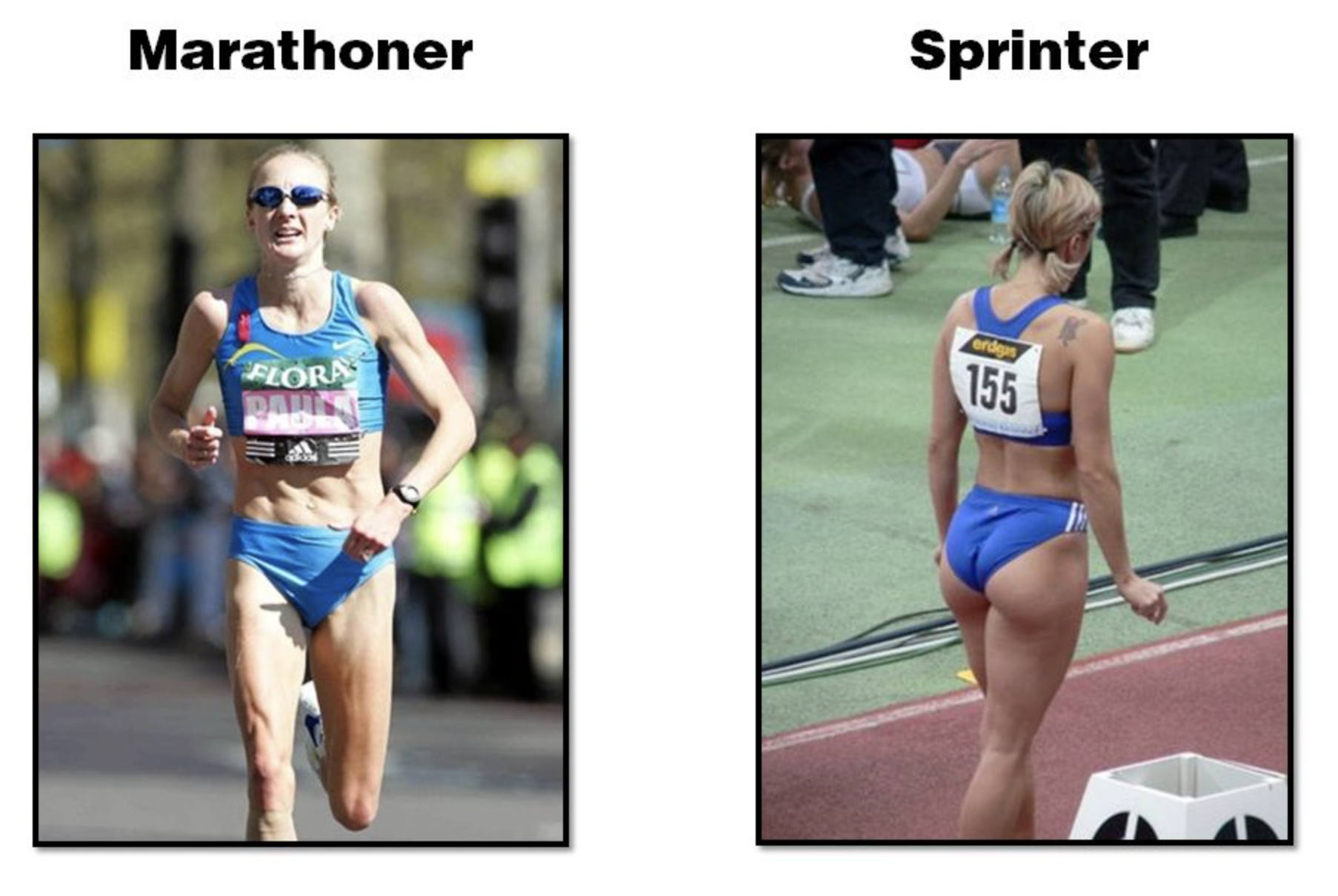For many of us, quarantine dramatically reduced the amount of physical activity we were able to perform on a daily basis.
At one point we were literally restricted to confines of our homes, and many of us shifted from working in a traditional office setting to working from our spare bedrooms.
And none of this was our fault.
Unfortunately, our bodies didn't care that it wasn't our fault, and a lot of us put on unwanted body fat due to the reduced amount of daily walking and increased amount of couch-sitting we all did while surfing through every streaming platform known to mankind instead of doing literally anything that would have required us to take an active step out the front door.
But there’s a silver lining.
Now that the evil forces of the “it-who-must-not-be-named” virus of 2020 have mostly been subdued, our freedoms to go here and there and anywhere seem to be reinstated, which means…
Everyone who got pudgy during the pandemic now has the resources they need to improve their body composition.
The only problem?
Some of us are still working highly sedentary remote jobs, which can absolutely be a legitimate obstacle for anyone looking to lose body fat and reveal a harder, leaner physique.
And, of course, this applies to anyone who works a sedentary job whether it’s in-person or remote.
So here are my personal tips for losing body fat if you work from home or sit on your butt elsewhere all day at work.
6 Fat Loss Tips for People Who Work Sedentary Jobs
1. Acknowledge that you're at a BIT OF A disadvantage.
As much as it may stink, the person who walks 15,000 steps per day due to their naturally active lifestyle or vocation (like a construction worker or a landscaper) is going to have an easier time staying lean than the office job guys and gals.
Okay, it stinks.
Now let's move on and quit lamenting an unchanging reality.
If you've got a desk job, you're at a contextual disadvantage, but...
Remember that energy balance always matters most for fat loss.
If that term is new to you, don’t worry.
Energy balance just refers to the laws of thermodynamics that state that you lose weight when you consume fewer calories than you expend. This is the classic “calories in versus calories out” discussion.
So what’s the implication?
You can still lose fat while working a sedentary job, but you’re going to have to be more cautious with your caloric intake than someone whose lifestyle allows them to be more active.
Once you embrace that small disadvantage, you’ll be able to start implementing new habits that fit the specificity of your own unique situation.
2. Get creative about squeezing walks into your day.
Even though plenty of us are working from home now, it’s always an option to be more creative and disciplined when it comes to finding ways to be active.
For example, could you get up early each morning and take a lap or two around the block while listening to a podcast before you settle into your home office?
Is there a Zoom call you need to be "on for" but not visible? Maybe you could walk outside with ear buds while on mute.
Are you a stay-at-home mom? Try to implement family walks and neighborhood adventures to the park a part of the daily routine.
The key is to be creative and solution-oriented when it comes to minimizing the negative effects of a primarily sedentary lifestyle.
3. Come to terms with the reality that your caloric deficit might need to come MOSTLY through a reduction in caloric intake.
Unless you’re able to carve out a ton of time during your day for exercise, it's highly likely that you're going to have to get into a caloric deficit primarily through a reduction in caloric intake instead of an increase in activity.
If you love food, that might not be the most fun in the world, but it might be an unavoidable conclusion if you’re serious about pawning off your spare tire for a slimmer waistline.
On the brighter side, bodybuilders and other physique competitors have been doing this for decades, so can know at the very least that you’re in good (and lean) company.
But what if you really don’t want to reduce your caloric intake?
Firstly, I hear you. I absolutely love eating, so I’ve opted to be the “do more eat more” guy instead of the “do less eat less” guy.
And to this point, remember that you always have the option of adding in more activity in order to eat a bit more food throughout the day.
However, the reality for most people working sedentary jobs is that there just might not be enough time in your day to walk, jog, bike, or row for 45-60 minutes.
Nonetheless, keep in mind that you always have three options when it comes to kickstarting a fat loss effort:
Eat fewer calories,
Exercise more,
Or implement a sneaky combination of both.
In terms of eating fewer calories, you’d probably be best-suited to prioritize lean proteins, voluminous "health foods" like leafy greens, an assortment of unique vegetables and fruits, whole grains, beans, and healthier fats like avocados, nuts, and seeds.
In terms of exercising more, I always encourage people to walk more because it can be done anywhere, it’s free, and it’s easy.
If you wanted to incorporate a bit of both, you could make one of the following example adjustments to get your fat loss journey started:
Idea 1: “I’m going to set a timer for 20 minutes each morning and walk through my neighborhood during that time. And I’m going to institute a one-plate-and-done rule at dinner. No seconds! Just one well-portioned plate.”
Idea 2: “I’m going to set an alarm for 11 AM, 1 PM, and 3PM. Each time the alarm goes off, I’m going to walk to the end of the street and back to move my body. And I’m going to swap my two daily sodas for sparkling waters.”
Lastly, this is great time to mention that intermittent fasting can be a powerful strategy for at-home workers.
4. Ditch (or redefine) your snack life.
Arguably the worst temptation of working from home is that your pantry is taunting you from a scalable distance of 20 feet at all times.
So firstly, don't even have that stuff in the house if you really want to set yourself up for success.
Because let’s be honest. It’s unlikely that any of your favorite high-calorie snacks like cheese puffs and Oreos have your top-notch pool bod in mind.
But if you can muster the discipline required to enjoy snacks in moderation, you might consider setting some basic parameters on your snacking habits.
For example, “I don’t snack until 7 PM, but then I allow myself one serving of my snack of choice as a small dessert.”
In most cases, you’ll be able to make room in your diet for one small treat per day like two Oreos or a small bag of Goldfish.
Or you could completely redefine what it means to snack altogether by reaching for apples instead of cookies.
All in all, the key is not to snack mindlessly during the day simply because you’re bored or you happened to walk by the pantry in a moment of weakness.
Snack strategically, and remember that portion control is always important.
5. Push for active hangouts with your friends.
For physique-minded people, it can be discouraging that our most common hangouts in life revolve around foods and drinks that tend to promote caloric overconsumption.
The classic combination?
Pizza and beer.
In an attempt to redirect the narrative a bit, try catching your friends on the front end of a social idea by suggesting an active hangout like walking downtown or going on a hike.
Or maybe you could even invest in a relationship one-on-one simply by having walking dates at a park or anywhere nearby that allows you to get moving.
Better yet? Make it a weekly or biweekly thing.
“On Mondays at 3 PM, I walk with my co-worker Mary around the parking lot for 30 minutes, and every other Friday I walk with an old friend from high school around a nearby lake in the morning before work.”
I've had several clients find both fat loss success and relational meaning in this methodology.
Again, it comes down to being intentional, creative, and disciplined.
6. Experiment with traditional cardio on the incline treadmill or the StairMaster.
I couldn't write an article about this without saying it, but there's no shame in using a machine to help you reach your goals!
If the weather is terrible, don't be Mr. or Mrs. Well It's Raining.
Stop being silly.
Go to the gym and hop on the machine that forces you to walk lest you fall on your face and become a raging, viral TikTok at the expense of your all-but-hardly-remaining dignity.
And if you're really sick and tired of being tubby? Get on the StairMaster.
I actually made an entire video about the StairMaster and how you could leverage it for your fat loss goals, and - spoiler alert - it works if you can survive.
BONUS TIP: CONSIDER HIGH-INTENSITY INTERVAL TRAINING OR SOMETHING SIMILAR like crossfit.
Truthfully, I think the best way to combat the negative side effects of working a sedentary job is to start doing CrossFit (or something similar).
But before you write me and my ideas off forever because “CrossFit'“ is a death cult for ego-driven masochists who promote improper technique, let me explain myself.
The beautiful thing about CrossFit is that it forces you to burn a lot of calories in a very short amount of time.
As wonderful as walking is, it takes much longer to burn the same number of calories from walking as it does training in a CrossFit-like manner.
In short, CrossFit is a quick and effective way to burn a lot of calories while placing your body under the stress of heavy loads and unique planes of resistance, which over time leads to increased muscle growth and a more muscular looking physique overall assuming proper overload, diet, and recovery.
More specifically, I think this is particularly good idea for busy people who work sedentary jobs because it ticks both the “lift weights” and “improve your heart health” boxes all in one workout experience.
Plus, most CrossFitters wind up looking pretty jacked over time despite the sport’s focus on fitness over pure aesthetics.
But keep in mind too that you don’t have to do CrossFit to reap these same benefits.
You could adopt a CrossFit-like training style in your own garage with minimal equipment if you’re put off by the price of joining a local CrossFit gym, or you could join a gym with a similar fitness model like Orangetheory.
I just personally think CrossFit (when done well) is superior due to the more advanced weight lifting components than many other gyms fail to incorporate.
Summary
Working a sedentary job for 40 hours a week does put you at a slight disadvantage when compared to fat loss friends with more active jobs simply due to a lack of caloric expenditure, but…
Fat loss can always be achieved through a strategic reduction in caloric intake, which means there’s hope for all sedentary workers regardless of how much time you have (or don’t have) to exercise.
Intermittent fasting can be an excellent dietary strategy for sedentary workers.
It’s a good idea to eliminate or heavily monitor your snacking habits if you’re looking to lose body fat. Or, start making healthy snacking swaps like trading in your Doritos for clementines.
When it’s time to hangout with your friends, try to direct your crew toward an active hangout like walking or hiking.
For those who have the time, don’t be afraid to hit the gym after work just to crank out 15-45 minutes on the incline treadmill or the StairMaster.
If you’re really looking to combat the negative aspects of a sedentary job, consider joining a CrossFit gym or trying Orangetheory as a time effective way to slash a ton of calories and build strength all at once.
As always, I really enjoyed writing this article, so if you found it helpful, do me a favor and send it to someone in your life who might be living the desk job life and struggling to keep their weight under control.
Until next time,
-Andrew








































